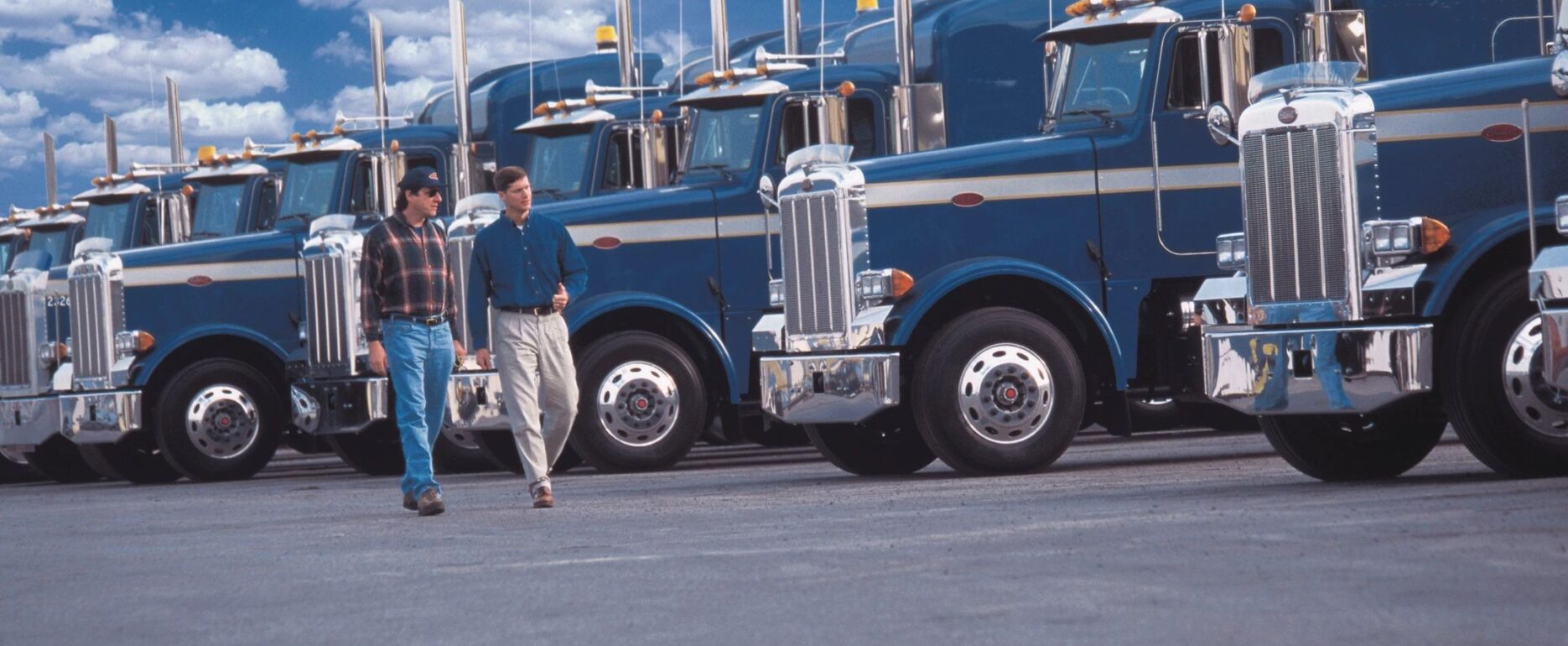Despite their safety intent, ELDs sparked significant privacy concerns among drivers and small fleets from the start. Key issues include:
24/7 Location Tracking: ELDs log location whenever the vehicle is in use, effectively enabling employers (and integrated partners) to know a truck’s whereabouts at all times. Many drivers feel “tracked every minute” and consider this an invasion of their privacy – freightwaves.com. Unlike the old paper logs, which could be fudged or kept private, ELDs create a precise digital trail. Drivers have reported frustration and stress from this constant electronic surveillance, even when they are in full compliance – freightwaves.com. There is also a perception of government overreach, as early opponents “did not want the US government to have more access to our business details” through mandatory ELD data – truckingoffice.com. (In reality, ELD data isn’t continuously sent to the government—only during specific compliance checks—but the feeling of “Big Brother” oversight persists.)

Data Sharing Beyond Compliance: Once collected, ELD data often doesn’t stay only between the driver and the carrier. Many ELD providers offer integration with third-party logistics platforms, load boards, or broker systems via APIs. Carriers may unknowingly authorize their ELD provider to interface with third-party visibility companies, granting them wide access to ELD data – uroute.net. If an ELD has an open API, there may be no strict limits on what data these third parties can pull or how often – uroute.net. Consider that ELD systems house a wealth of sensitive information – driver personal details, hours-of-service logs, vehicle identifiers, fuel tax (IFTA) info, and GPS records of every movement – uroute.net. In an open data environment, a freight broker or load matching service could potentially access not just a single shipment’s status but the entire scope of a carrier’s operations. This raises the risk of data being used in ways the driver or carrier never intended. For instance, brokers who see a driver’s available hours and current location might use that to pressure for extra loads or offer unfairly low rates, exploiting the knowledge that a driver is running out of driving time – freightwaves.com. Small fleets have been especially wary of sharing such “sensitive truck movement data” with outsiders, fearing it could put them at a disadvantage in spot-market negotiations – freightwaves.com.
Lack of Driver Control and Consent: When a driver consents to location sharing on an ELD or related app, it often becomes all-or-nothing. “Once a driver says it’s okay to share his location, the software keeps pinging every few seconds, and there is no way for the driver to control who the ELD company shares the data with or where it’s being used” – freightwaves.com. This loss of control is a major privacy sticking point. Drivers might agree to share data with law enforcement or their employer for compliance, but they rarely expect that data to be constantly funneled to brokers, shippers, or unknown third parties. Yet, as one industry CEO observed, many people aren’t even aware this data is being exploited – similar to how users were unaware of Facebook’s data practices – because privacy is still a relatively new issue in trucking – freightwaves.com.
Data Monetization: A related controversy is whether ELD vendors themselves are profiting off user data. In some cases, ELD companies practice data mining, analyzing and even selling aggregated driver/truck data to shippers, advertisers, or other third parties – truckingoffice.com. Drivers and owner-operators have voiced concern that they are paying for a service that in turn “makes a profit off you” by reselling your data without your knowledge or consent – truckingoffice.com. This could include selling insights on freight lanes, driver availability patterns, or maintenance trends gleaned from ELDs. Such practices are usually buried in service agreements if allowed at all. The lack of transparency here has led to distrust of certain ELD providers.
Cybersecurity and Breach Risks: Like any IoT device, ELDs present a cybersecurity risk. They form a bridge between the truck’s internal network and external networks – jbatelematics.com. If not properly secured, hackers could potentially access ELD systems to steal data (such as personal info or real-time locations) or even alter records. Past research has shown heavy vehicles can be hacked via telematics units – staxbill.com. In 2020, for example, a major ELD provider suffered a ransomware attack that disrupted service for carriers – trucknews.com, illustrating that these systems are targets for cybercrime. A data breach of ELD logs could expose months of a company’s operational details or drivers’ personal driving habits. The prevalence of cyber-attacks is rising, and truckers worry that all this data being collected could fall into the wrong hands – missionfinancialservices.net. This is both a privacy and a security concern, as compromised data might be used for identity theft, cargo theft (knowing where valuable loads are), or simply embarrassment/harassment of drivers.
In summary, ELDs generate indispensable compliance data but also open the door to “big brother” monitoring fears. Drivers have reported feeling that their cab is no longer their own space, and morale has suffered under what they view as unrelenting electronic oversight. Understanding these concerns is critical for fleet managers and insurers alike when implementing ELD systems or using their data.

